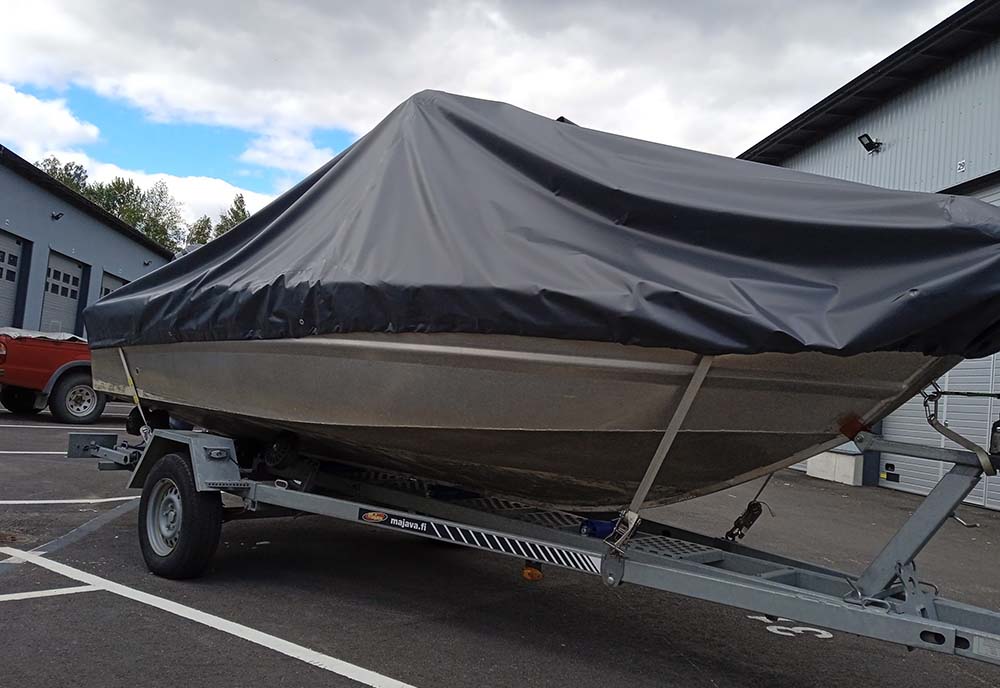Waterproof PVC Tarpaulin is used for construction, agriculture, logistics intustry and warehousing because of its flexibility and waterproof performance. However, the best quality PVC Tarpaulin is still subject to wear and tear if UAV maintenance is not done regularly. Harmful storage practices, lack of cleaning, and damage may lead to decrot tare, reduced warranty and lifespan, loss of waterproofing and undue costs. Preventive care automates maintenace ensuring cost efficiency over long durations of time.

1. Cleaning Tips for Longer Use
Maintaining the hydrated state of your Tarpaulin is one of the key yet simple to apply maintenance steps needed. At all times, make sure that after the use the moisture along with any dirt or debris is scrubbed off. The best way to do so is with the combination of soft brushes, cloths, lukewarm water and mild soaps. Under no conditions use harsh or acidic cleaners since they tend to wire the PVC coating.
Make sure the tarpaulin is dried fully before folding or stowing it away to prevent mold and odour growth which are able to degrade fabrics with extended durations of time.
Pro Tip: Avoid using high pressure washers as they can delaminate the tarpaulin layering and weaken the bond.
2. How to Store PVC Tarpaulin
Improper storage is a major reason tarpaulins deteriorate prematurely. When not in use, store your tarpaulin in a cool, dry, and shaded environment. Avoid direct sunlight, extreme heat, or freezing temperatures, which can cause cracking or fading.
Fold the tarpaulin carefully without sharp creases. Roll it if possible to avoid folding stress. Use a protective bag or cover to keep it clean and shielded from insects or rodents.
Avoid: Storing your PVC tarpaulin while it’s still damp or dirty. This can lead to fungal damage or unpleasant odors.
3. Quick Fixes for Small Damages
With frequent use, minor cuts and punctures may occur, but PVC tarpaulin do not require replacing the entire sheet. A PVC repair patch or tarpaulin adhesive tape should work just fine.
Make sure the dry surface is cleaned before the application of the patch. Adhere to the product instructions for curing. More advanced damage may necessitate professional repair kits or tools that heat seal.
4. How Often Should You Check It?
Regular inspections are key in minimizing the likelihood of minor issues turning into costly problems. It is best to conduct monthly inspections if the tarp is in frequent use, and always before and after prolonged outdoor use.
Important signs to monitor for are:
a. Holes or rips
b. Lifting
c. Rot or color change
d. Detached or broken eyelets
Documenting each inspection can help create a simple maintenance log for large-scale industrial users.
5. Dos and Don’ts for Industrial Users
DO:
a. Train employees on the appropriate and proper methods for folding and storing materials.
b. Restrict tarpaulin storage areas to dedicated locations away from chemicals or machinery.
c. Check that fastening systems (ropes, hooks, frames) are not strained and that there is no risk of over stress tears.
DON’T:
a. Rub or drag the tarpaulin along rough surfaces.
b. Smoke or ignite near stored tarpaulins.
c. Put excess strain on the covering area with sharp, heavy, or abrasive materials.
While care your waterproof PVC tarpaulin might not be particularly difficult, it requires commitment. Enforcement cleaning, appropriate storage, timely setting of repairs, and periodic inspections will extend its water protective qualities and durable lifespan. For business clients, formulating precise maintenance procedures will definitely reduce costs, enhance safety, and protect the investment. Be it for transportation, shelter, or industrial purpose, a well maintained PVC tarp excels in performance and durability.






























